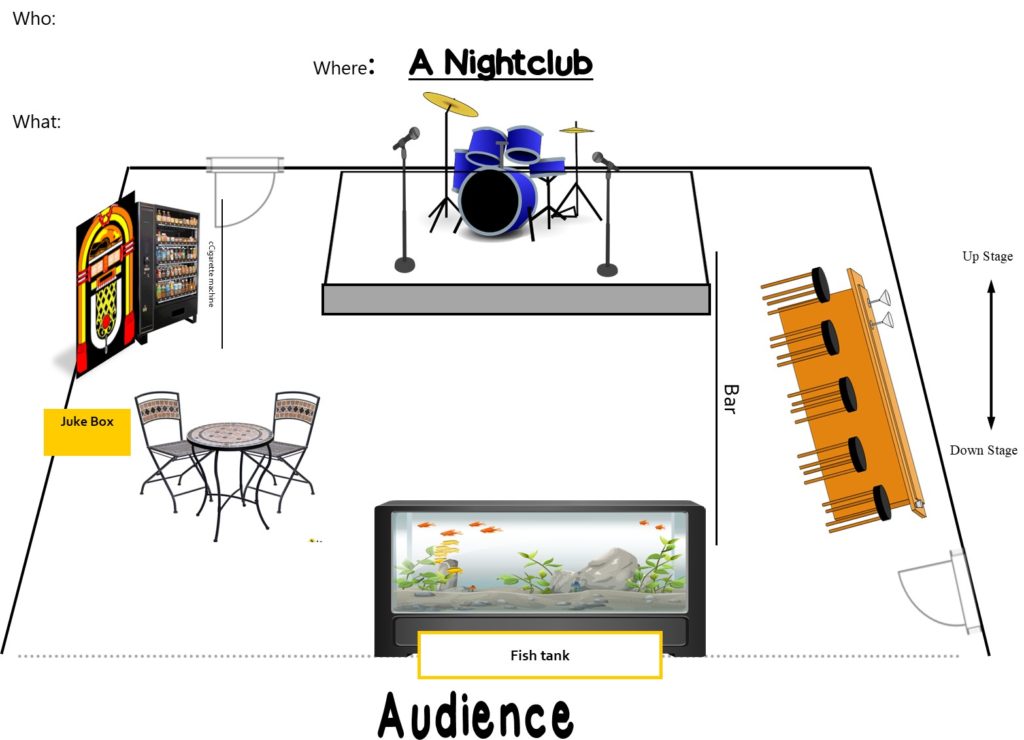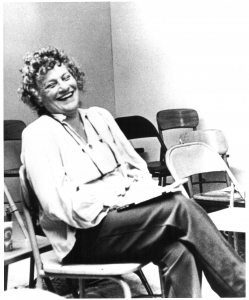
On Building and Using the Where
“Many actors find it difficult to “reach beyond their noses” and must be freed for a wider physical relationship with the environment.” Improvisation for the Theater
Most modern improv practice puts very little emphasis on the Where and it is probably the most valuable tool for scene improvisation. The where, if understood, and more importantly – seen, can support the play for it is the field on which the game is played.
Seeing where you are can lead to great moments of theatrical scene improv. At the very least, it will keep the player out of the head and occupied with showing one or more of the Three Environments: The immediate environment (table, spoons, props): The general environment (the location. i.e, bedroom, kitchen, restaurant, etc.) and the Larger environment (beyond the room, the space outside a window, through the door, etc.). What’s Beyond the Where is for the advanced player can give great depth to the scene.
Pitfalls Regarding the Where
The Where cannot be used if the actors cannot see it themselves objectively. The Where must be shared and seen by all without any preconceptions.
- Show, Don’t Tell The Where cannot simply be referred to. It must be experienced.
- Avoid Story when building the where. Why? It’s limiting and puts your focus elsewhere. (usually play-writing) See example.
